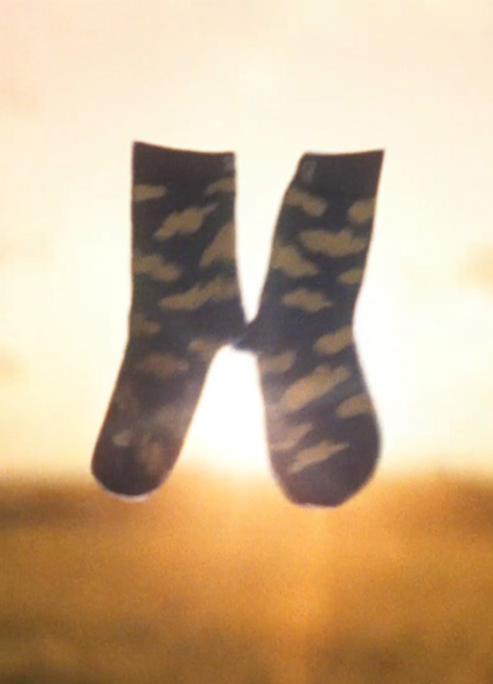
Fashion Goes Au Naturel
Biomimicry and the Future of Clothing
From towering skyscrapers inspired by electromagnetic fields to aerodynamic bullet trains modeled after bird beaks, humans have long looked to nature for design solutions. The fashion world, too, is getting in on the biomimicry act, innovating garments and textiles that emulate nature's genius.
What is Biomimicry?
Biomimicry, also called biomimetics, is the practice of mimicking models, systems, and elements of nature to solve complex human problems. It's an interdisciplinary approach that views nature as a mentor and measure, studying organisms and ecosystems to derive inspiration for sustainable solutions.
Biomimicry in Textiles
An apple never falls far from the tree, or, in this case, textile production processes never stray far from nature's influence. Here are some mind-blowing examples of biomimetic textiles:
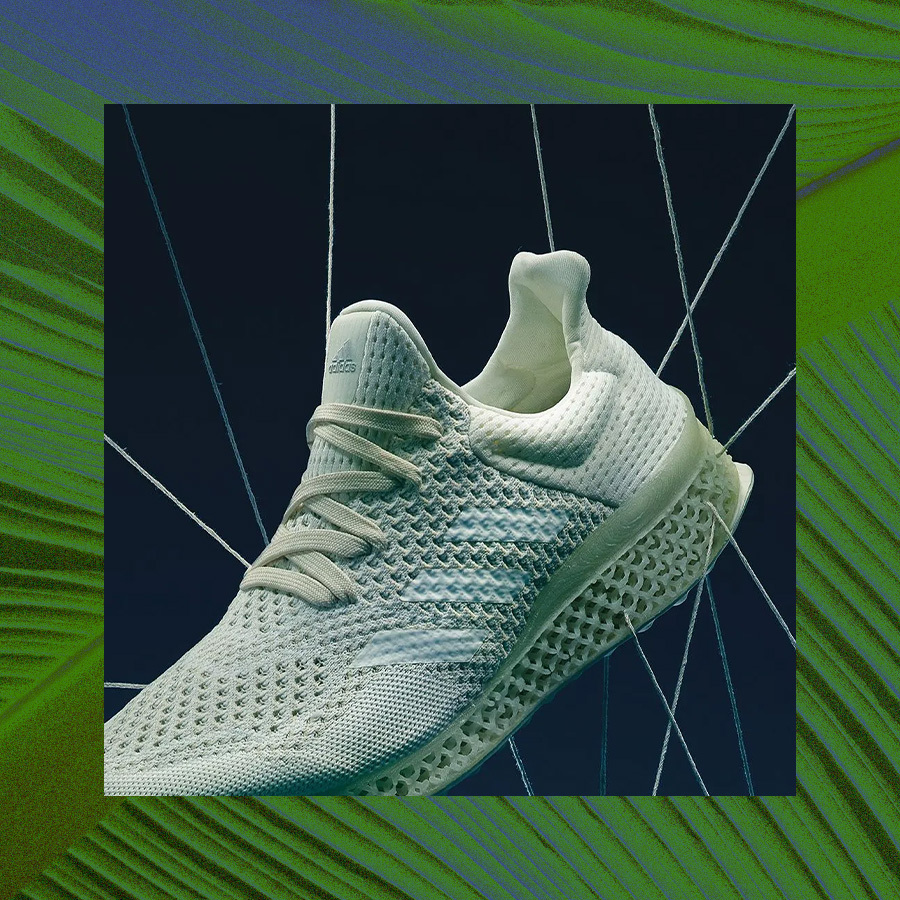
1. Spider Silk Bioengineering
The strongest natural fiber known to science, spider silk, possesses unparalleled tensile strength, flexibility, and toughness. While humans have long failed at replicating the complex proteins that make up spider silk, companies like Bolt Threads and Spiber are using bioengineering to produce synthetic spider silk fibers on a mass scale. Applications range from outdoor gear to medical sutures.
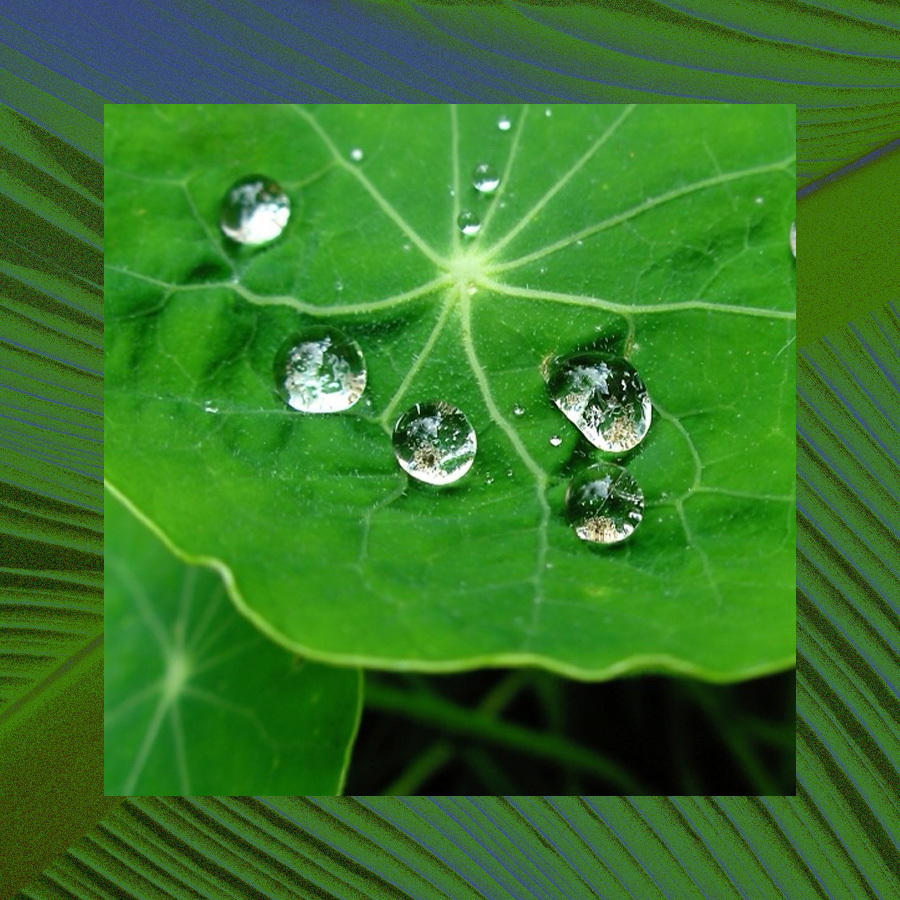
2. Self-Cleaning Fabrics Inspired by Leaves
Many leaves, like bamboo, have a self-cleaning, water-repellant surface due to their bumpy, waxy nanostructures. By mimicking this natural phenomenon through textile nanotechnology, innovative companies are creating self-cleaning dress shirts, hiking pants, and more that simply rinse off with a little water.
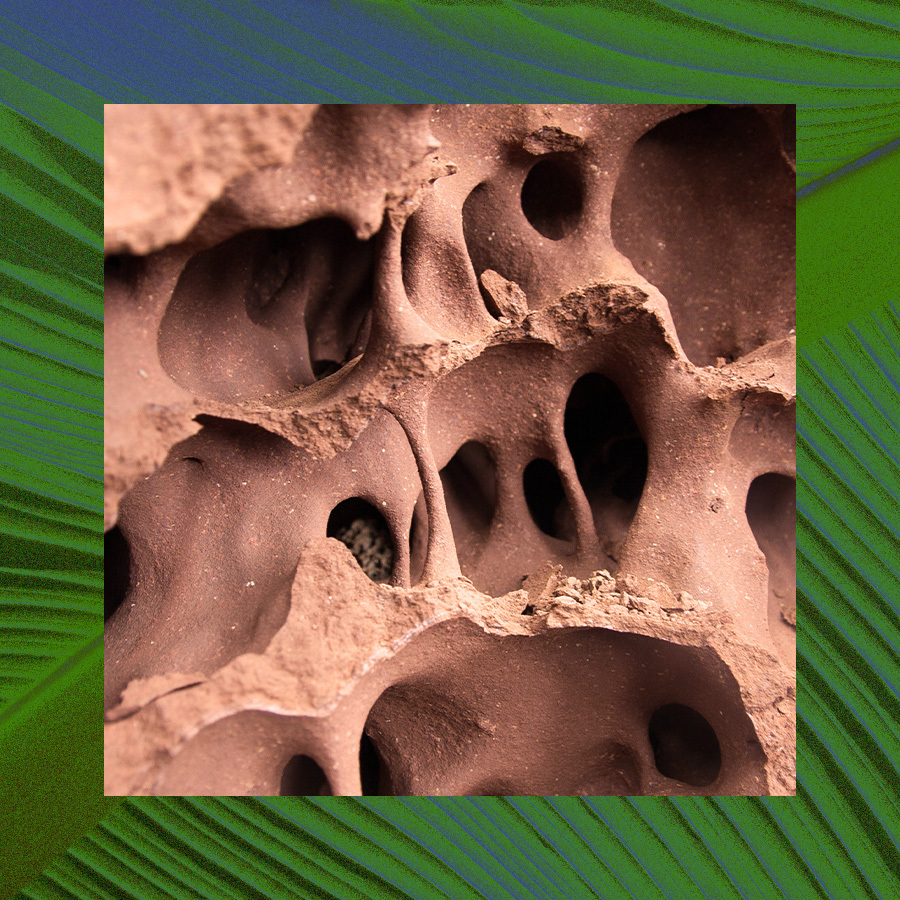
3. Air Conditioning Clothing Modeled on Termite Mounds
The diligent termite builds sky-scraping mounds with integrated heating, cooling, and ventilation systems to regulate their habitat. Fast forward to high-tech textiles that incorporate microscopic pores for airflow, 3D geometric patterns for venting, and thermal regulation technologies—all inspired by termite architecture.
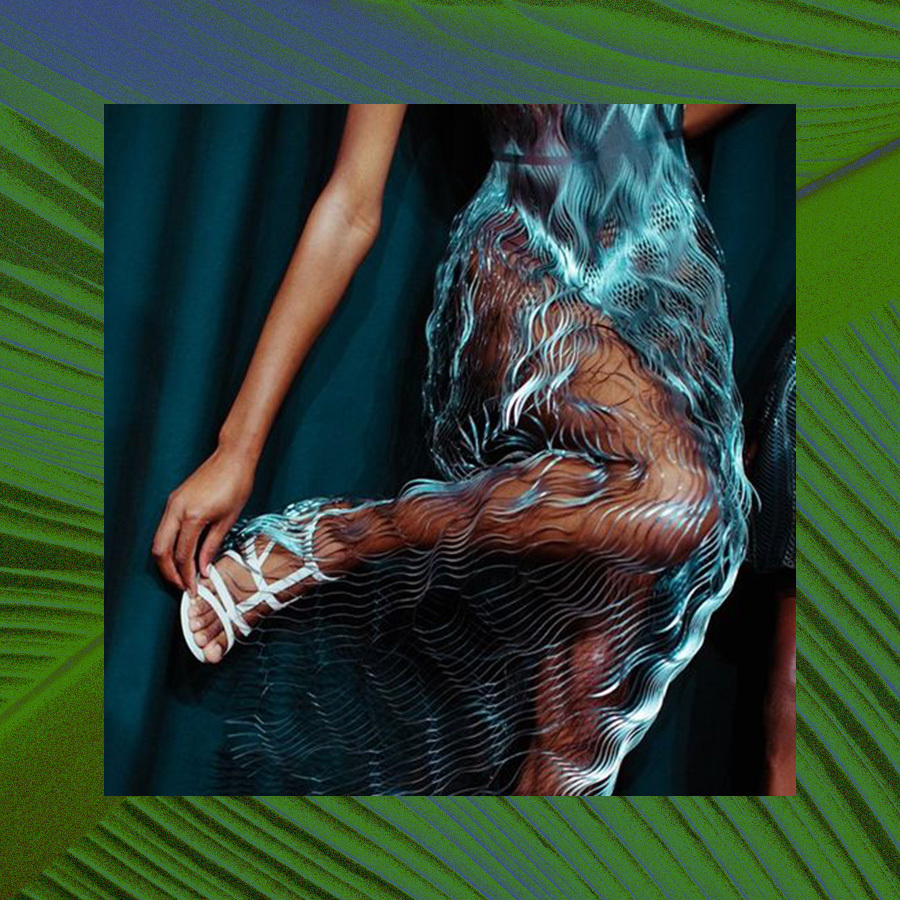
4. Bioluminescence and Fashion
From the dazzling light shows of fireflies to the vivid glow of deep sea creatures, nature has efficiently mastered illumination through bioluminescence. Scientists are replicating this renewable, energy-saving light by extracting luciferase enzymes from organisms and integrating them into biomimetic fabrics and leathers. Glowing clothing has never looked so futuristic.

5. Sustainable Fashion Inspired by Closed-Loop Cycles
Nature operates in circular, zero-waste patterns, where every byproduct is food for another organism. Fashion labels are looking to mushroom-based leather and biodegradable mycelium clothing to create more regenerative, closed-loop systems through fungal biomimicry.
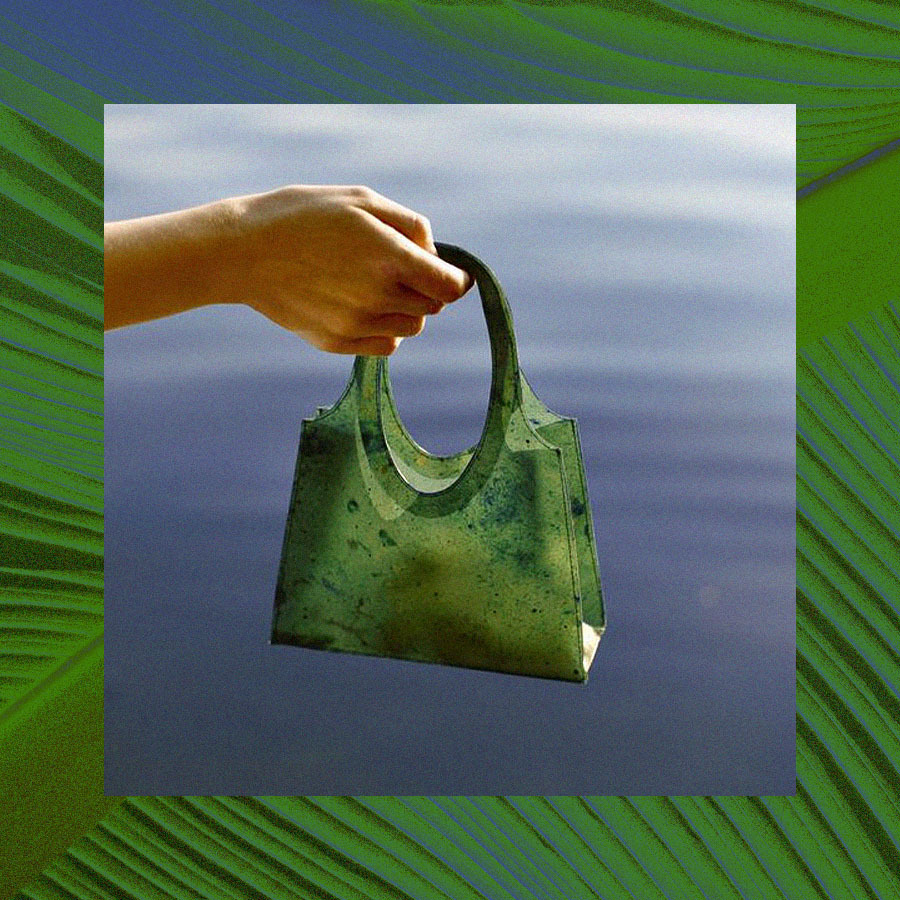
6. The Biofabric Revolution
Whether through genetic engineering, biomineralization, plant-derived bioplastics, or harnessing bacteria to create biomaterials at a cellular level, the fashion and textile industry is rapidly evolving to follow nature's blueprints. Fashion has gone au naturel, with biofabrics blurring the lines between biological and synthetic.
As we learn to mimic nature's inherent genius, we'll see more efficient, sustainable, and innovative clothing and accessories that harmonize with the biological world. Perhaps the fashion ephemera of a boutique mall won't be so ephemeral after all. Just ask Mother Nature—she's been in the haute couture game for billions of years.





